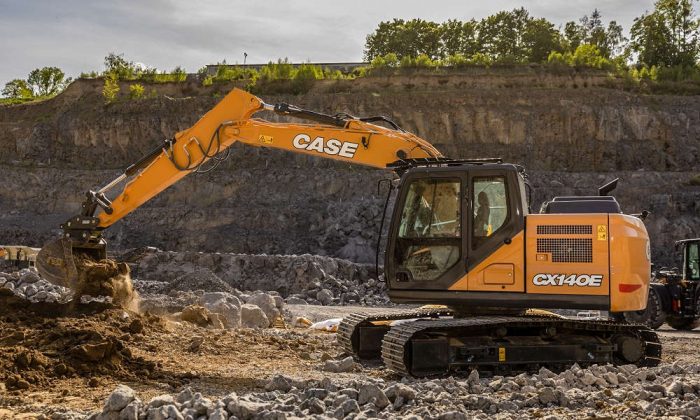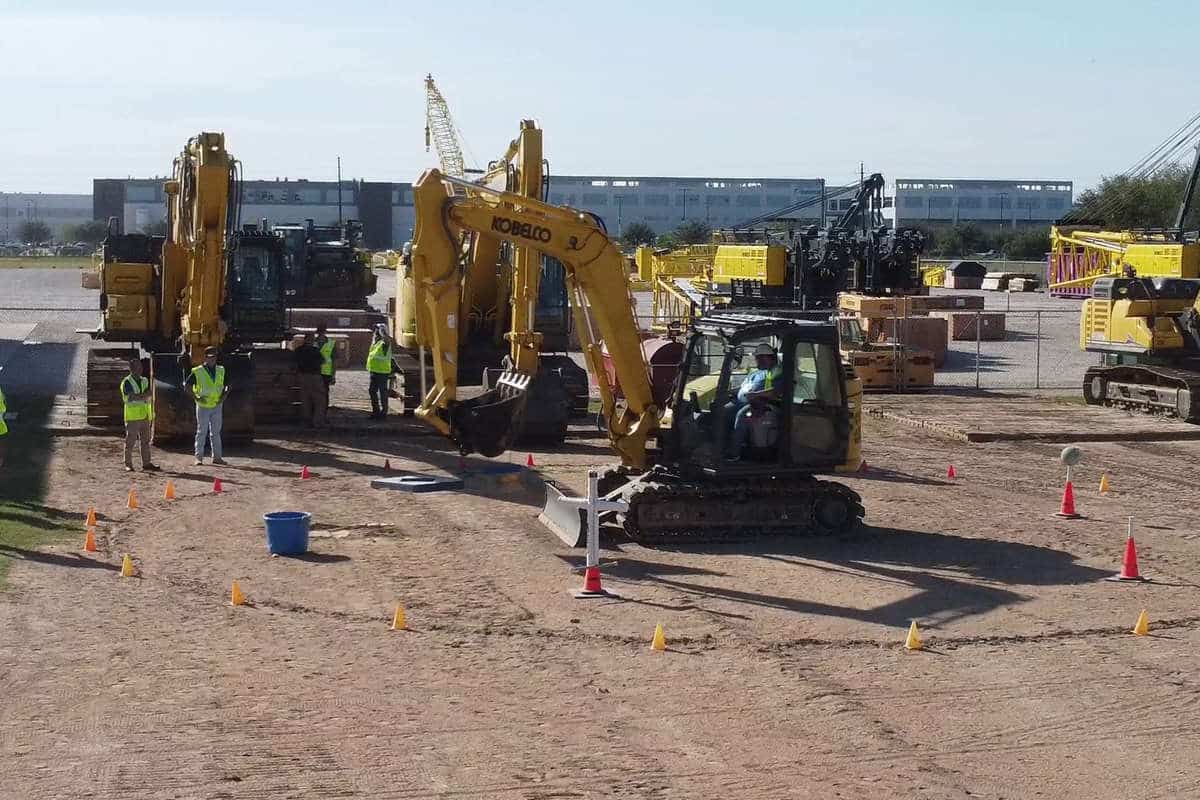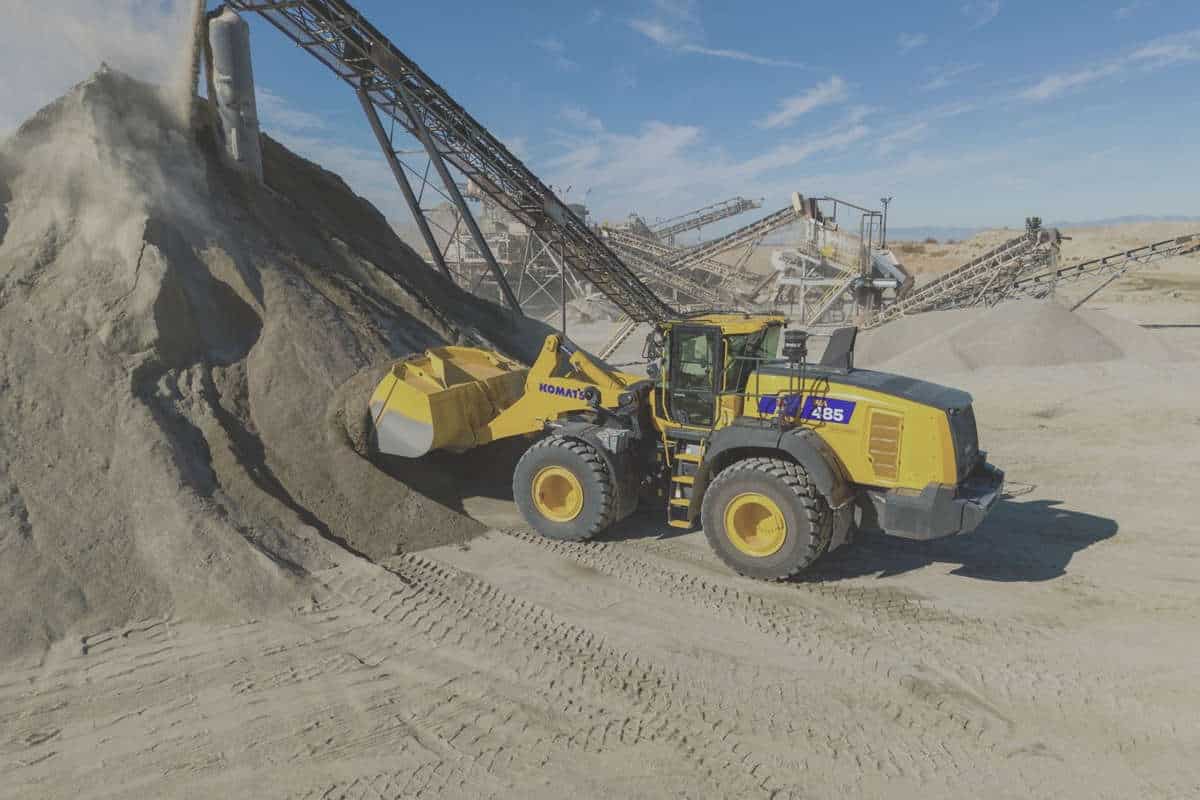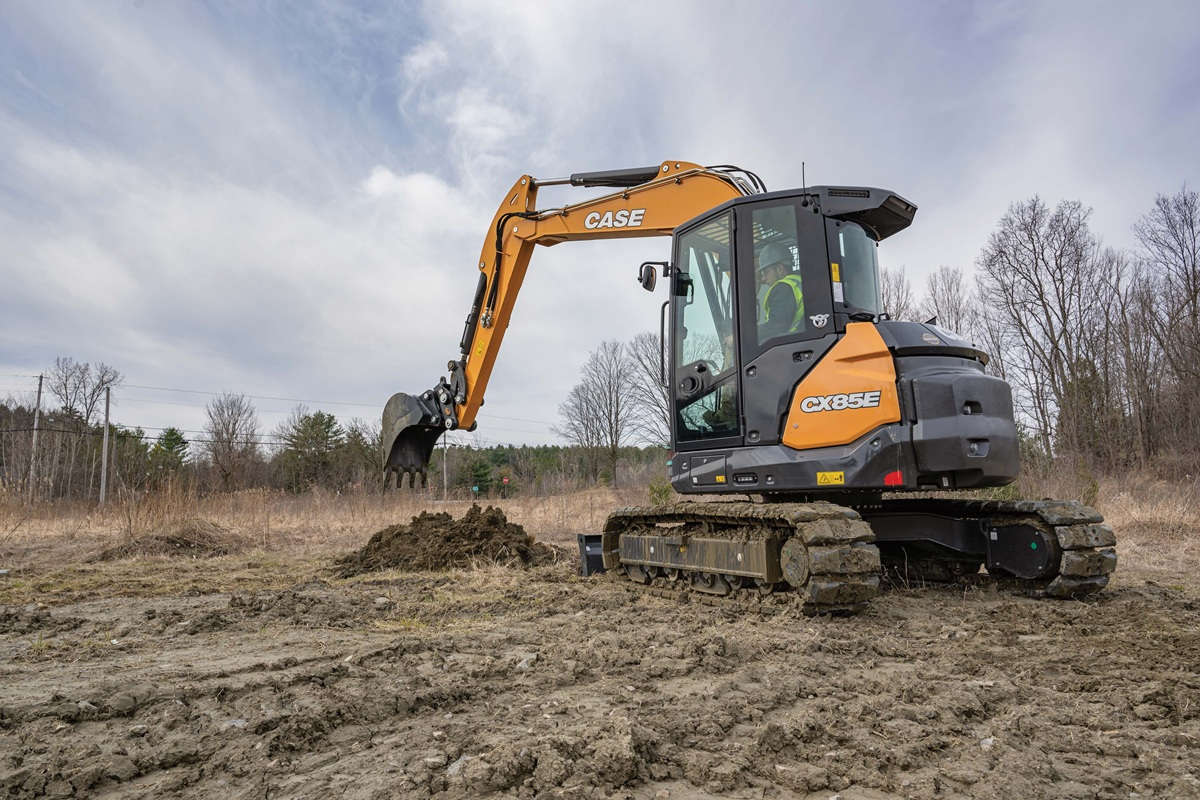5 Essential Steps for Ensuring Equipment Compliance in Utility Contracting Operations

By Rose Morrison
Safety is the most important reason why compliance in utility contracting operations is essential. In a job with a high potential for accidents, the guidelines set by OSHA and local governments are the golden rules differentiating a safe from a risky working environment. Here are some steps to ensure you comply with equipment safety and legal regulations, and mitigate the risk of incidents.
1. Inspect Equipment Regularly
While there is no law about equipment ownership, and no license or permit is required to buy a piece of heavy machinery, you have a responsibility to make sure the people operating these abide by the safety compliance set by the federal and state council. One simple yet impactful way to reduce the risk of incidents in operation is regularly inspecting your heavy equipment.
Equipment can malfunction at any time and the extent of the damage of a single mechanical failure can be unpredictable. Frequent inspection is essential for identifying and troubleshooting existing and minor problems before they cause significant system failures that may affect operations and others.
Heavy machine purchases come with a maintenance manual that includes details on conducting an inspection. You or an expert in heavy equipment may run a quick inspection, but hire a professional service technician for a more extensive checkup. Check for worn parts and signs of electrical issues, such as disconnected or loose wiring. One broken piece of equipment can put the project behind schedule, so periodic inspection is a must to prevent downtime and improve workplace safety.
2. Implement Preventive Maintenance Programs
Besides inspection, you also need to devise a preventive maintenance plan for your equipment. What is the difference between the two? A maintenance program is a more comprehensive method to assess the condition of the machinery. It encompasses routine inspection, preventive maintenance, equipment documentation, staff training to handle the machine correctly, and maintaining spare parts inventory. You do all of these tasks whether the equipment is running smoothly or shows no signs of malfunctioning.
Routine maintenance can help extend a machine’s life by 40%. Here are some tips to manage your maintenance plan:
- Add regular maintenance to the schedule and follow through with it. It will help you catch problems early.
- Document the findings so you can track the health of your machinery over time. This report will come in handy in the future.
- Update the record on your logbook after every activity, such as inspection, maintenance repair and purchase of add-ons to improve equipment. A detailed record can give you accurate figures for your expenses and help you qualify for tax deduction benefits during filing. You can use your tax benefits to maintain your equipment and ensure they are in good shape.
- Ensure you have a stock of the most used spare parts to reduce downtime in case the equipment breaks down.
An unmaintained machine can put the staff and bystanders at risk. Preventive maintenance saves you money by minimizing repairs and extending the equipment’s life span.
3. Train Staff on Equipment Safety
Learning how to operate an excavator or trencher is one thing, but knowing the safety standards for operation is another. That is why — besides being certified or licensed to use the equipment — your staff must also receive training on safety equipment operation, as it tones down the risk to the public.
For example, OSHA mandates that if equipment is left unattended at night, operators must install appropriate lights or reflectors to identify the location of the equipment. Meanwhile, equipment or parts suspended by slings must be blocked or cribbed to prevent falling. Conduct regular safety meetings or refresher training so everyone who works with heavy equipment knows the standards of operating and safety measures when the equipment is not in use.
4. Follow Environmental Regulations
Emissions from heavy machinery are a leading contributor to air pollution. Construction machines generate about 400 metric tons of carbon dioxide emissions, accounting for 1.1% of global carbon dioxide emissions. The Environmental Protection Agency sets standards to mitigate this environmental impact.
Following these guidelines is a legal obligation, as it prevents accidents, creates a safer work environment, and guarantees the sustainability and viability of the project for the long term. Some of these laws include the following:
- Clean Water Act: This includes guidelines for disposal of pollutants into water.
- National Environmental Policy Act: Federal agencies must assess the environmental effects of public infrastructure projects — like water lines and treatment plants — before construction starts.
- Clean Air Act: This policy regulates air emissions from using construction equipment.
While these laws are implemented throughout the country, every state has its own permitting process and requirements for construction work. For example, you need a permit from the Department of Environmental Conservation in New York before starting any project. Ask about specific policies from your local government and ensure you secure all the paperwork necessary.
5. Leverage Technology to Monitor Safety
Like other industries, construction also adapted to technology to improve several aspects of its operation, including safety. For example, global positioning systems allow machine operators to increase their spatial awareness by tagging workers to prevent job site injuries. Virtual and augmented reality lets you scan your job site virtually and study the topography from the comfort of your office.
Another impressive technology is the SL-RAT device, which uses sound waves to determine blockages in sewer lines. Experts install a transmitter on a maintenance hole that sends sound waves down the pipe. On the other end of the hole is a receiver that picks up an intact or garbled sound. A garbled sound may indicate blockage.
These technologies can support visual monitoring, which is challenging in many job sites. They provide another layer of safety to operating heavy machines.
Prioritize Safety in Heavy Equipment Operations
Compliance with the safety regulations of operating equipment should be the highest priority. Following the policies set by various governing bodies ensures you control safety from the start of the project until it finishes.
Inspect equipment regularly, make your maintenance program a routine, train and update your staff on equipment safety, and adhere to your legal responsibilities to prevent accidents. After all, a safe working environment can protect your staff and the public, and keep the job running.
Rose Morrison is managing editor at Renovated.com.




